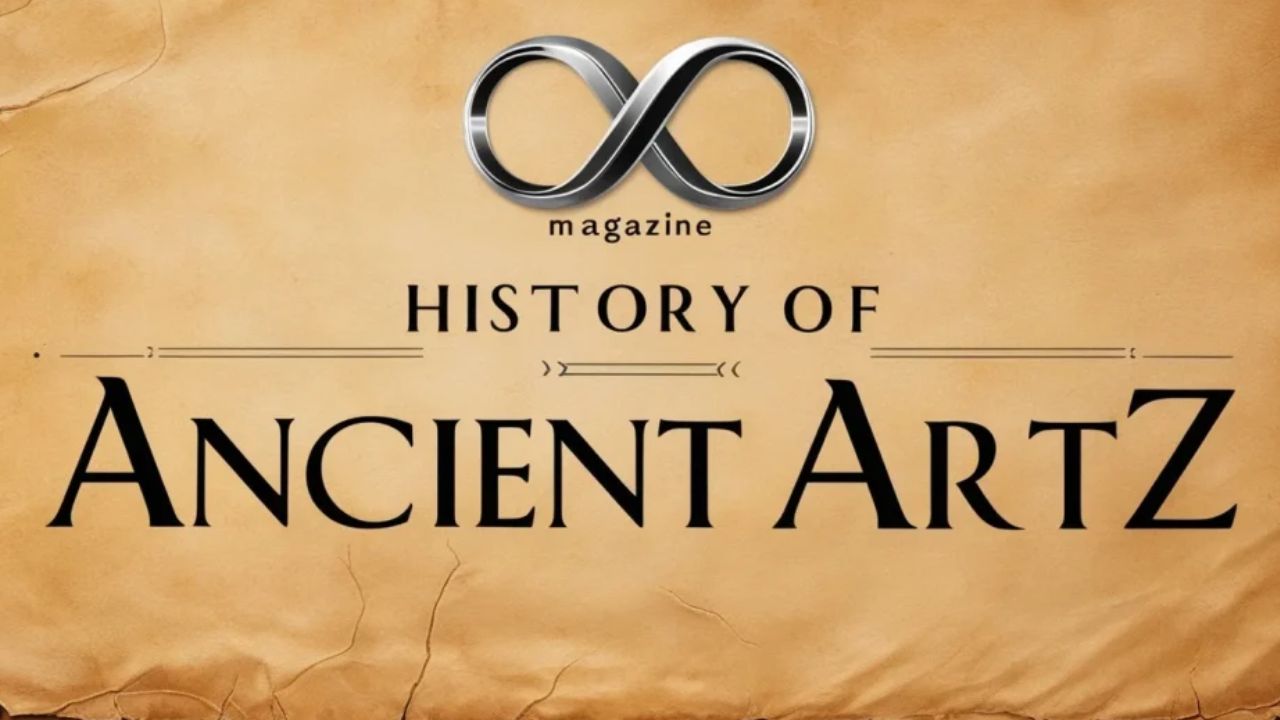The Fascinating World of Ancient artz A Timeless Legacy
Ancient artz has been a cornerstone of human civilization, dating back thousands of years. Ancient art encompasses a variety of mediums, including painting, sculpture, pottery, and architecture, each reflecting the beliefs, values, and technological advancements of the time. It serves not only as a visual representation of history but also as a window into the spiritual and societal framework of early cultures.
The Origins of Ancient Art
Humanity’s first artistic expressions emerged during the Paleolithic era, where cave paintings, carvings, and rudimentary sculptures began to take shape. These creations were not merely decorative but often held deep ritualistic and symbolic meanings.
Cave Paintings: The Dawn of Creativity
Cave paintings, such as those found in Lascaux, France, provide some of the earliest examples of human artistry. Using natural pigments, early humans depicted animals, hunting scenes, and abstract symbols. These paintings were likely created to invoke spiritual protection or success in hunting.
Stone Carvings and Tools
Beyond paintings, ancient peoples began carving stones and bones to create tools and figurines, such as the Venus figurines—symbols of fertility and life.
Ancient Egyptian Art: A Testament to Eternity
Egyptian art is a cornerstone of ancient artistic achievement. With its iconic hieroglyphs, monumental pyramids, and intricate sculptures, Egyptian art reflects a society deeply invested in the afterlife and divine order.
Sculpture and Monuments
The Great Sphinx and the Pyramids of Giza stand as awe-inspiring examples of architectural prowess. Statues of pharaohs and deities, often created in stone or precious metals, showcased the divine authority of rulers.
Mesopotamian Art: The Cradle of Civilization
Mesopotamia, often called the “cradle of civilization,” birthed some of the earliest urban societies. Its art reflects the complexities of city life, trade, and religion.
Ziggurats and Architecture
Towering ziggurats served as temples to the gods, showcasing the ingenuity and devotion of Mesopotamian societies.
Cylinder Seals and Pottery
Intricately carved cylinder seals, used for marking documents and goods, reveal the artistic and commercial sophistication of this era.
Greek and Roman Art: The Pinnacle of Classical Beauty
The ancient Greeks and Romans set a benchmark for artistic excellence that resonates even today. Their art celebrated human form, philosophy, and innovation.
Sculpture and Human Form
Greek sculptures, such as the Venus de Milo, epitomize the pursuit of idealized beauty and balance. Roman adaptations often emphasized realism and individuality, exemplified by detailed busts of emperors.
Mosaics and Murals
Both cultures excelled in creating mosaics and murals, adorning public spaces and private homes with intricate designs and mythological themes.
Asian Ancient Art: Spirituality and Harmony
Asian art, particularly from ancient India, China, and Japan, is deeply rooted in spiritual and philosophical traditions.
Buddhist Art and Stupas
Buddhist art flourished with the construction of stupas, statues of the Buddha, and intricate carvings that reflected the teachings of Buddhism.
Calligraphy and Painting
Chinese calligraphy and landscape painting, using delicate brushstrokes, embody a harmony between humanity and nature.
Mesoamerican and Andean Art: Mystical Expressions
The ancient civilizations of the Americas, such as the Maya, Aztec, and Inca, produced art that was both sophisticated and symbolic.
Pyramids and Temples
Mesoamerican pyramids, like Chichen Itza, served as both religious and astronomical centers.
Ceramics and Textiles
Intricate pottery and vibrant textiles showcase the artistic ingenuity of these cultures, often conveying complex narratives or rituals.
Legacy of Ancient Art
Ancient art continues to influence modern aesthetics, inspiring artists, architects, and designers worldwide. Museums, archaeological sites, and ongoing research ensure these treasures remain preserved and celebrated for generations to come.
Conclusion
Ancient art is more than a relic of the past; it is a living legacy that continues to inspire and educate. By studying these timeless creations, we gain a deeper understanding of our shared humanity and the boundless potential of creativity.
FAQs
What is the oldest form of ancient art?
The oldest known form of ancient art includes cave paintings and carvings from the Paleolithic era, dating back over 30,000 years.
Why is ancient art significant?
Ancient art provides insights into early human cultures, beliefs, and technological advancements, offering a visual record of history.
How has ancient art influenced modern art?
Modern art draws inspiration from ancient techniques, themes, and materials, bridging the past and present in creative expression.
Where can ancient art be viewed today?
Ancient art can be seen in museums, archaeological sites, and galleries worldwide, including the Louvre and the British Museum.
What materials were commonly used in ancient art?
Common materials included stone, clay, wood, metals, and natural pigments, chosen for their availability and durability.
How did ancient art vary across cultures?
Ancient art reflected the unique beliefs, environments, and resources of different cultures, resulting in diverse styles and techniques.







